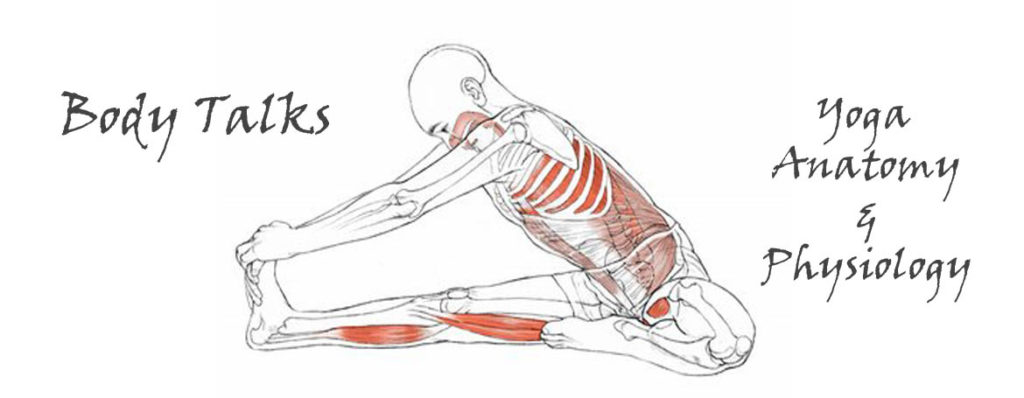
When you practice yoga, especially Hatha Yoga , you find yourself dealing with that same object which you met first when you were born and will leave last at the moment of departure. While practicing yoga process you learn to master this object and use it and transcend it… but first of all you have to know it. In Hatha Yoga you deal with the most familiar and yet most mysterious of all objects – you deal with your own body.
If ordinary people need only the body user’s manual, yogis need a much more detailed one, a kind of developer’s manual. In this series of articles we’ll try to shed a light on these sides of our bodies’ anatomy and physiology that we need to know as yogis to enhance our practice.
—————-
In the last issue we talked about different types of muscle contraction. Did you think of examples from your own practice?
Well, the simplest example is single and double leg lifts: when you lift your leg, the hip flexors (the iliopsoas, rectus femoris and pectineus muscles) contract isotonicly with concentric shortening of muscle fibers so that your leg is lifted straight up. To hold the leg straight up the muscles contract isometricly, they don’t shorten nor elongate. But when you are releasing your leg down, the flexor muscles remain contracted but they elongate eccentricly. Meanwhile the hip extensors (the hamstrings and the gluteus muscles, which are antagonist muscles in this case) must be relaxed. If you fail to relax your extensors you wouldn’t be able to flex your leg and hold it straight.
In single and double leg raises you warm up your muscles and prepare yourself for the forward bends which also involve the activity of hip flexors.
Merits of Isometric Exercises.
Reflexes
A reflex, is an involuntary movement that comes as a response to a certain stimulus.
As much as we are concerned in Hatha Yoga , we need to know about 3 reflexes: 1. Myotatic stretch reflex, 2. Clasp knife reflex, 3. Flexion reflexes.
Myotatic Strech Reflex is the contraction of the muscle in response to its stretching. The reflex is meant to prevent overstretching (muscle trauma) and stabilize movements.
If you stand straight and start bending to one side, the muscles on the other side of the body will stretch to allow you bend but if you bend quickly you will feel resistance from these muscles. This is because of the stretch reflex that is trying to protect your body and “correct” your posture, preventing you from falling.
In fact any dynamic movement causes this reflex to work. This reflex is immediate, so you feel it a part of your movement and you can be aware of it only as stiffness in the muscles The knee reflex (patellar reflex) is the most well known example of stretch reflex: as the doctor strikes the tendon just under the patella, quadriceps muscle stretches and receptors send a signal to the spinal column and an order is generated there to contract the quadriceps and prevent its hyper extension. This causes the leg to kick.
In Hatha Yoga we need to minimize the effects of this reflex. We don’t want our muscles to shorten and contract and the joints to be stiff. We need them to be stretched, relaxed and flexible. That’s why we use dynamic exercises (surya namaskar, single led raises without holding the leg, the dolphin) only as preparatory exercises as they are perfect means for warming up. But when it comes to yoga asanas we avoid brisk and quick movements, jumping and forceful stretching so that we don’t elicit the stretch reflex and get a result completely opposite to the one we aiming to.
Clasp Knife Reflex is another stretch reflex, but this one causes the muscles to relax. It works like the pocket knife that folds (closes) easily only after the closure faces long resistance that pulls the blade to the opposite direction.
In the same manner if you are performing a movement and you face some resistance, your muscles will contract more in order to overcome the obstacle. But if you are lifting a big rock, that cannot be lifted with ordinary human power, your muscles won’t contract infinitely, you will reach a point where they relax and you feel totally powerless. This is because the clasp knife reflex causes your muscles to relax!